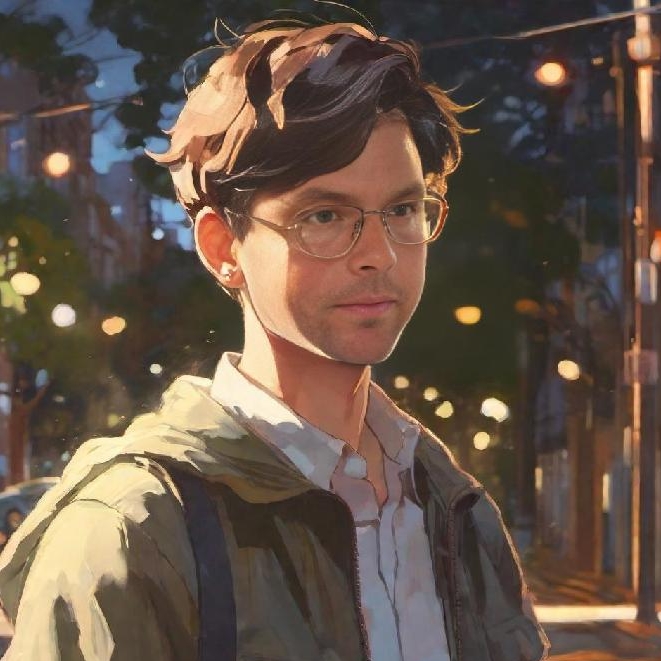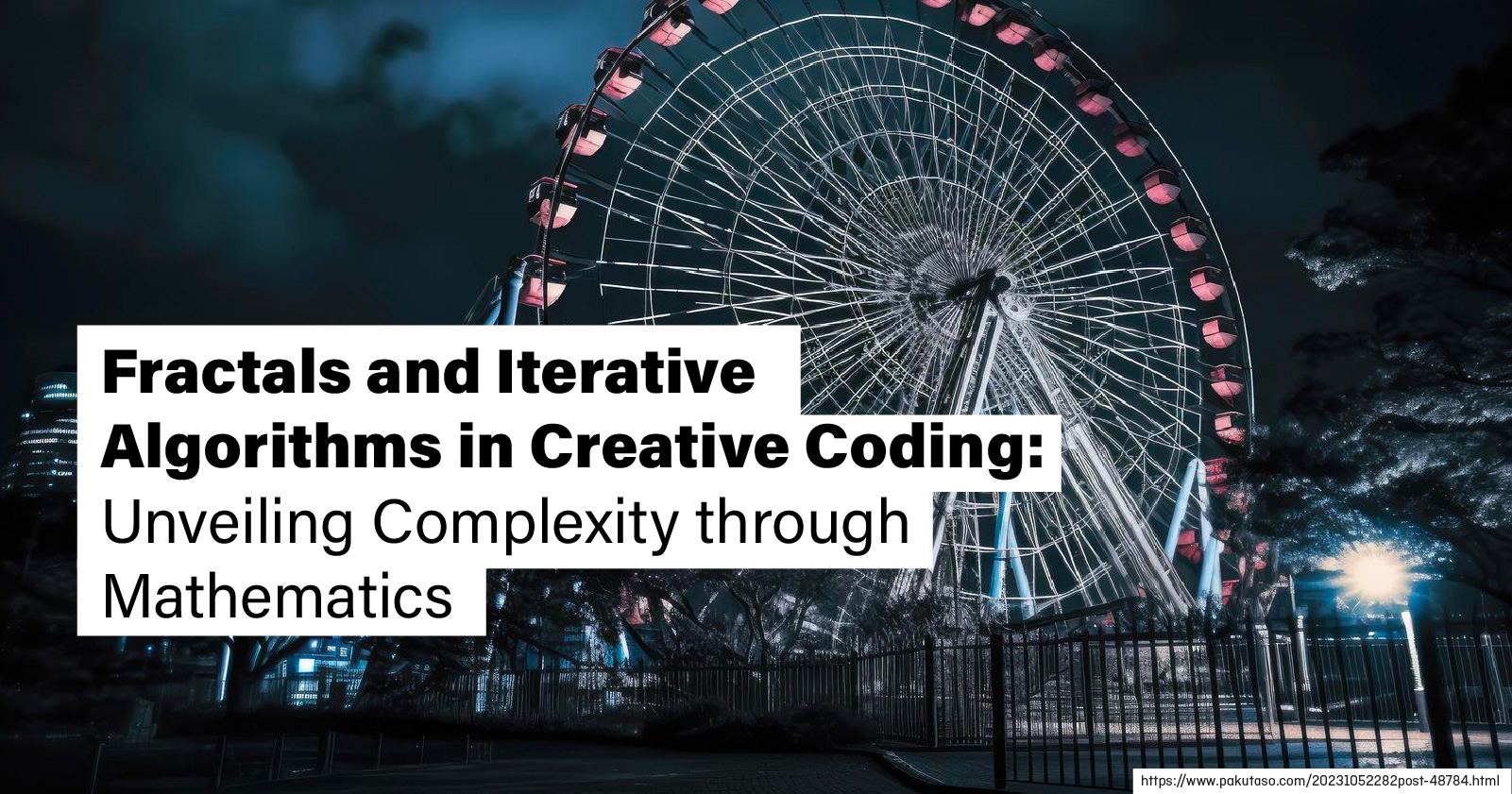Fractals and Iterative Algorithms in Creative Coding: Unveiling Complexity through Mathematics
 Loi Hoang
Loi Hoang
Fractals and iterative algorithms stand as cornerstones in the world of creative coding, offering a unique lens through which artists and developers explore complex and intricate visual landscapes. This in-depth article embarks on a comprehensive journey into the realm of fractals and iterative algorithms, unraveling their profound impact and versatility within the domain of creative coding.
1. Fractals: Embracing the Beauty of Self-Similarity
- Nature-Inspired Complexity:
Fractals, with their self-similar, repeating patterns, mirror the complexity found in natural structures such as coastlines, snowflakes, and ferns. These mathematical constructs enable creative coders to evoke natural beauty and complexity within digital artworks, transcending traditional artistic representations.
- Infinite Detail and Scaling:
The inherent property of infinite detail and self-scaling found in fractals enables the creation of visually stunning, zoomable imagery. Artists and developers harness the power of fractals to craft mesmerizing visual compositions that captivate audiences with their infinite depths and intricacies.
2. Iterative Algorithms: Unveiling Computations in Artistic Creations
- Algorithmic Generation:
Iterative algorithms provide a mechanism for the algorithmic generation of intricate patterns, enabling the systematic construction of complex visual forms. This computational approach fosters the creation of art through the lens of precise and calculated iterations, revealing the beauty of mathematical computation.
- Self-Replication and Geometric Aesthetics:
The use of iterative algorithms facilitates the realization of self-replicating patterns and geometric aesthetics, forming the basis for the creation of visually captivating digital art. Through these algorithms, intricate geometric forms and mesmerizing patterns unfold, presenting a marriage of computation and artistic expression.
3. Practical Applications in Creative Coding
- Interactive Visualizations:
Utilizing fractals and iterative algorithms, creative coders can construct interactive visualizations that dynamically evolve and respond to user input. These visual narratives unfold with intricate precision, providing audiences with immersive and responsive digital experiences.
- Generative Art and Algorithmic Complexity:
Fractals and iterative algorithms give rise to the frontier of generative art and algorithmic complexity, enabling the generation of visually compelling and algorithmically-driven artistic expressions. Through meticulous computation and iterative refinement, artists and developers push the boundaries of visual creativity and computational artistry.
4. Future Explorations and Artistic Innovations
- Computational Aesthetics and Emerging Art Forms:
Fractals and iterative algorithms continue to inspire emerging art forms and computational aesthetics, shaping the future of digital artistry. Their application in fields such as augmented reality, virtual environments, and interactive installations paves the way for novel artistic explorations and boundary-pushing innovations.
- Expressive Interpretations and Mathematical Artistry:
As the realm of creative coding evolves, the synergy of fractals and iterative algorithms enables artists to express intricate mathematical artistry through visually captivating digital works. This intersection of mathematics and art cultivates a new form of digital expression, blurring the lines between computation and creativity.
In Conclusion
The integration of fractals and iterative algorithms in creative coding reflects a profound fusion of mathematics, computation, and artistic expression. Through their versatile applications, these mathematical constructs empower artists and developers to craft captivating, immersive, and visually stimulating digital experiences. As technology advances and creative coding flourishes, the exploration of fractals and iterative algorithms continues to illuminate pathways for unprecedented artistic innovations and computational creativity.
In essence, the convergence of fractals and iterative algorithms transcends traditional artistic paradigms, ushering in a new era of visual complexity and computational artistry within the realm of creative coding.
Subscribe to my newsletter
Read articles from Loi Hoang directly inside your inbox. Subscribe to the newsletter, and don't miss out.
Written by

Loi Hoang
Loi Hoang
I am a UX/UI designer, and besides designing digital products, I also pursue creative coding.